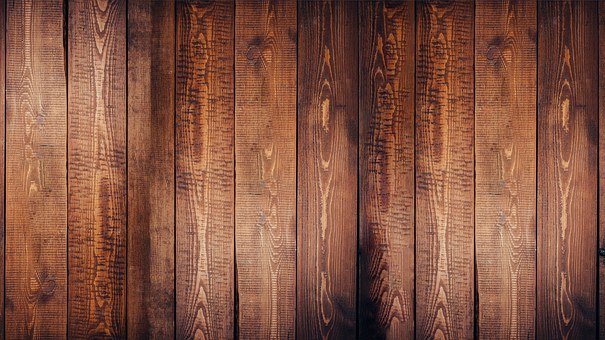7 Common Problems With Wooden Floors and How to Fix Them Properly

Wooden floors have a reputation for being elegant, timeless, and durable. However, just like any other type of flooring material, there are a few common problems with wooden floors homeowners should be aware of in order to avoid costly repairs or replacements down the road.
Possibly the biggest problem with wood is that it scratches easily, regardless of the type of finish applied. Apart from that, your wooden floor can fade, crown, cup, buckle, and even rot over time. Needless to say, the key to keeping your wood floor in top condition is to be proactive and take action as soon as possible when any of these issues arise.
So, let's take a look at the seven most common problems with wooden floors and how to fix them properly, as well as how you can incorporate preventive measures into your maintenance checklist to further extend the life of your flooring. Read on!
Scratches
You just can't avoid scratches when you have a wooden floor. Even if your floors are finished, they will still show signs of wear and tear over time due to foot traffic or moving furniture across the surface.
To fix scratches on a wood floor, start by lightly sanding the area with fine-grit sandpaper and then apply a matching finish. Alternatively, you can use a wood filler to fill in the grooves or scratches and then refinish it with an appropriate stain for a perfect color match.
Fading
Wooden floors can fade due to prolonged exposure to sunlight or other UV light sources, which is a natural and unavoidable process. The best way to prevent fading is by applying an appropriate finish that will provide a protective layer against UV rays. You can also use drapes, blinds, or shades to keep direct sunlight away from your wood floors and minimize the chances of fading.
If the flooring has faded already, you can patch it up with a wood stain or dye. This will require some work on your part, but it can have an immense impact on the look of your floors.
Crowning and Cupping
Crowning and cupping are two common issues that can occur due to moisture changes in your home. Crowning is when the middle of the floorboards rises up, forming a hump in the center, while cupping occurs when wood boards shrink due to excessive moisture loss and create an unleveled surface.
To prevent crowning and cupping from occurring, you should maintain consistent humidity levels throughout your house (around 40-50% RH) by using dehumidifiers or humidifiers as needed. You can also use area rugs or mats on top of wooden floors to minimize direct contact with water spills and other sources of moisture that could damage them over time.
Buckling and Warping
Other common issues that can occur due to excessive moisture levels in the home are buckling and warping, but with a more pointed effect. Warping is when the boards twist and bend out of shape, while buckling is when the individual panels rise up from the subfloor due to extreme moisture accumulation.
As mentioned above, maintaining consistent humidity levels throughout your home is the best way to prevent buckling and warping. On top of that, you should pay attention to any leaks or water spills on your wood floors and clean them up as soon as possible to avoid further damage.
Rotting
Rot is a serious issue that can occur in wood floors due to prolonged exposure to moisture - but it isn't only caused by water spills or leaks. Poor ventilation and drainage are also responsible for wood rot, as they can create damp conditions in which fungi and other microorganisms thrive.
Modern floor paints and finishes are designed to protect against rot, but you should still inspect your floor periodically for signs of damage. If the boards have already begun rotting, then it's best to replace them as soon as possible.
You should also check for any pests or insects that could be causing the rot and take measures to get rid of them.
Scuff Marks
Furniture moving or dragging across the floor may cause scuff marks on its surface. The good news is you don't have to replace your wood floors just because of a few scuff marks.
All you need for this issue is some fine-grit sandpaper and a matching finish. Start by lightly sanding the scuffed area, then apply your preferred stain or sealant to make your floors look new again. If the marks seem small enough, you can also try using a rubber eraser - it works wonders!
Loose Boards
Loose boards are often caused by improper installation or even due to changes in the humidity levels of your home. This is a rather tricky issue to fix, as you may need to completely replace the affected boards or even re-secure them with nails.
If your floors have already been installed for a while, then it may be a good idea to fill in any gaps between the boards with wood filler or a sealant. This will help keep your floors safe and secure for years to come.
In Conclusion
Wooden floors can be a great addition to any home, but just like any other type of flooring material, there are some common problems with wooden floors that you should know about. From scratches and fading to buckling and rotting - all these issues can eventually affect the look and durability of your wood floor if left untreated for too long.
This is why it's so important to take preventive measures such as applying an appropriate finish or maintaining consistent humidity levels throughout your house to keep your wood floors looking beautiful for years.
